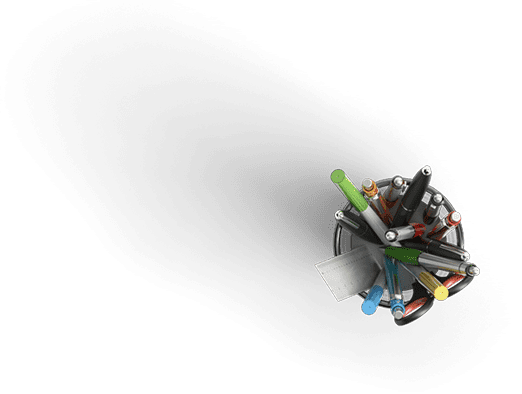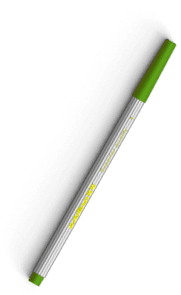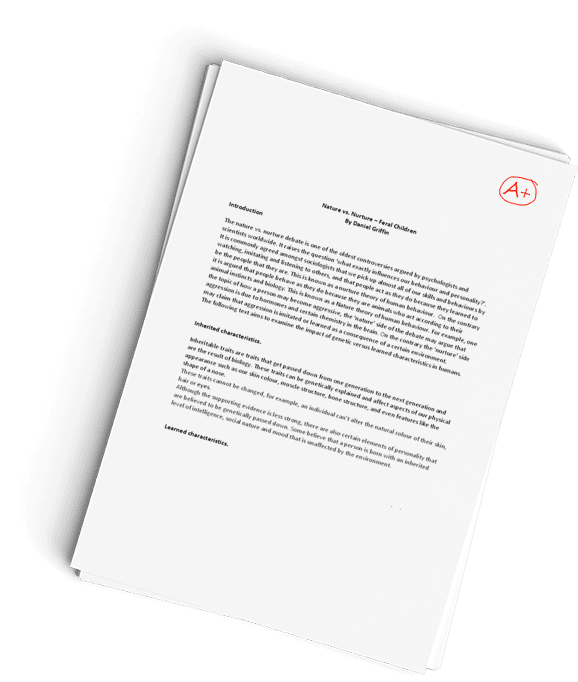practical connection
Question Description
Practical Connection Case Study
Practical Connection Case Study
Public Sector Case Study
The University of Texas posted a data classification standard on its Web site. The standard classified data as Category I, II, and III. Category I was defined as data that is protected by law or university regulations. Some of the examples cited were HIPAA, the Sarbanes-Oxley (SOX) Act, and the Gramm-Leach-Bliley Act (GLBA). Category II was defined as other data needing to be protected. Examples cited were e-mail, date of birth, and salary. Category III was defined as data having no requirements for confidentiality, integrity, and availability. These three requirements defined the categories to which the universitys data was assigned. The university cited security policies as the authority for the standard. This is an example of a customized data classification scheme.
The university tailored the scheme based on a review of critical data. The university determined that three classification levels were sufficient to meet regulatory requirements. In this case, the university called the data classification standard. It could as easily have been labeled policy. In either case, it clearly defined classification levels. It defined roles and responsibilities. It also defined scenarios, such as handling data on a professors blog. It was a good example of how data assessment and regulatory compliance can come together to create a data classification standard.
- After reviewing the case study, write 300-400 words whether you agree or disagree with the University of Texas data classification process. Please, provide critical reasoning for your position.
- Format: Use APA writing format, and don’t forget to double spaced your work.
Have a similar assignment? "Place an order for your assignment and have exceptional work written by our team of experts, guaranteeing you A results."








